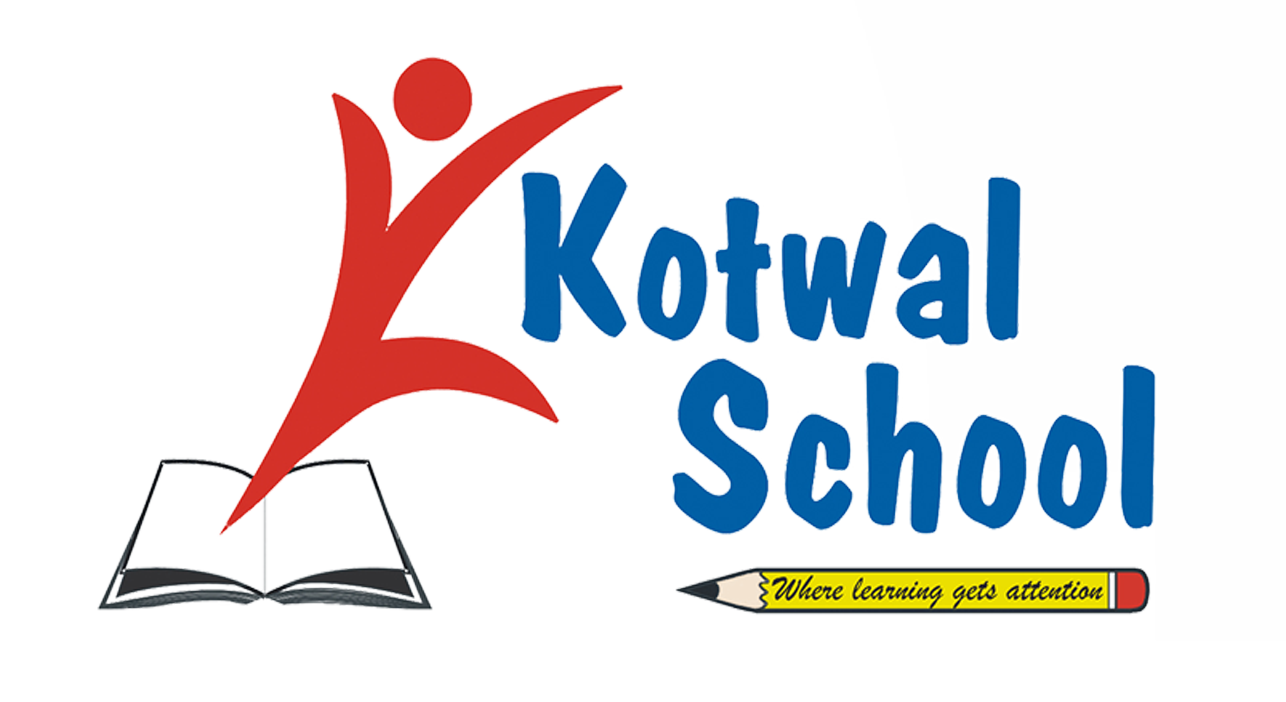MATH LAB
We have a well-equipped Math Lab with material from various methodologies and pedagogies.
Taking into consideration the national aspirations and expectations reflected in the recommendations of the National Curriculum Framework
developed by NCERT, the Central Board of Secondary Education had initiated a number of steps to make teaching and learning of mathematics
at school stage activity-based and experimentation oriented. In addition to issuing directions to its affiliated schools to take necessary action
in this regard, a document on ‘Mathematics Laboratory in Schools – towards joyful learning’ was brought out by the Board and made available
to all the schools. The document primarily aimed at sensitizing the schools and teachers to the concept of Mathematics Laboratory and
creating awareness among schools as to how the introduction of Mathematics Laboratory will help in enhancing teaching – learning process in
the subject from the very beginning of school education. The document also included a number of suggested hands-on activities.
What is a Mathematics Laboratory?
Mathematics Laboratory is a place where students can learn and explore mathematical concepts and verify mathematical facts and theorems
through a variety of activities using different materials. These activities may be carried out by the teacher or the students to explore, to learn,
to stimulate interest and develop favourable attitude towards mathematics.
Need and purpose of Mathematics Laboratory
Some of the ways in which a Mathematics Laboratory can contribute to the learning of the subject are:
- It provides an opportunity to students to understand and internalize the basic mathematical concepts through concrete objects and situations.
- It enables the students to verify or discover several geometrical properties and facts using models or by paper cutting and folding techniques.
- It helps the students to build interest and confidence in learning the subject.
- The laboratory provides opportunity to exhibit the relatedness of mathematical concepts with everyday life.
- It provides greater scope for individual participation in the process of learning and becoming autonomous learners.
- It provides scope for greater involvement of both the mind and the hand which facilitate cognition.
- The laboratory allows and encourages the students to think, discuss with each other and the teacher and assimilate the concepts in a more effective manner.
- It enables the teacher to demonstrate, explain and reinforce abstract mathematical ideas by using concrete objects, models, charts, graphs, pictures, posters, etc.
Time Allocation for activities It is desirable that about 15% – 20% of the total available time for mathematics be devoted to activities. Proper allocation of periods for laboratory activities may be made in the time table. The total available time may be divided judiciously between theory classes and practical work.
